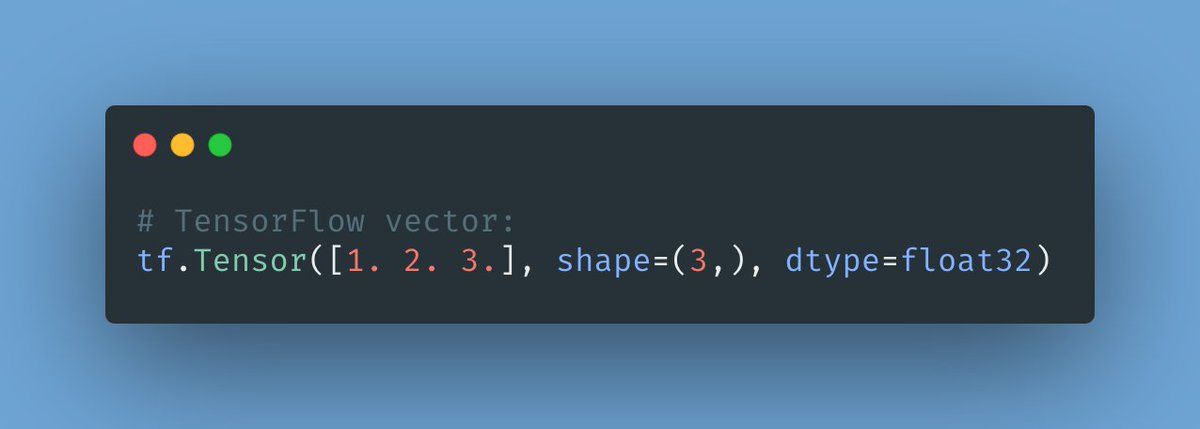
Creating a good machine learning model is really sexy. That's what's different and where everyone focuses all of their attention.
But machine learning is much more than that.
A thread with a few thoughts about the real job.
↓ 1/9
But machine learning is much more than that.
A thread with a few thoughts about the real job.
↓ 1/9
Machine learning engineers spend a lot of time designing and training new models, but this is just a small fraction of their job.
↓ 2/9
↓ 2/9
In reality, dealing with data and operationalizing models is much more time-consuming and sometimes even harder and more involved than creating the models in the first place.
↓ 3/9
↓ 3/9
The ultimate goal of any project is to provide value, and a model is just a piece of the entire puzzle.
Making that piece useful involves pulling together many different skills that machine learning practitioners bring to the table.
↓ 4/9
Making that piece useful involves pulling together many different skills that machine learning practitioners bring to the table.
↓ 4/9
Let's see some of the things you should expect to find on every project:
1. Define the business case for the problem you need to solve.
2. Determine the success criteria you’ll evaluate to understand whether your solution offers the expected value.
55555
↓ 5/9
1. Define the business case for the problem you need to solve.
2. Determine the success criteria you’ll evaluate to understand whether your solution offers the expected value.
55555
↓ 5/9
3. Determine which data you will use based on its availability and usefulness.
4. Come up with a plan to remediate any biases in the existing data.
5. Build a pipeline to capture, analyze, transform, and manage that data.
↓ 6/9
4. Come up with a plan to remediate any biases in the existing data.
5. Build a pipeline to capture, analyze, transform, and manage that data.
↓ 6/9
6. Design, train, validate, and test any models you need to solve the problem.
7. Glue together and deploy models and components into a comprehensive solution.
8. Assess any biases in the final solution and come up with ways to remediate them.
↓ 7/9
7. Glue together and deploy models and components into a comprehensive solution.
8. Assess any biases in the final solution and come up with ways to remediate them.
↓ 7/9
9. Monitor the solution to identify whether the model is performing as expected.
10. Design and implement a retraining pipeline to keep the model up to date.
↓ 8/9
10. Design and implement a retraining pipeline to keep the model up to date.
↓ 8/9
The list is not comprehensive, but it shows the breadth required to complete a valuable solution that users of the model can directly benefit from.
9/9
9/9
Originally, I posted this thread as an article in Medium. Follow me at svpino.medium.com if you enjoy this type of content.
You can also subscribe to my free newsletter for a somewhat fresh perspective on practical machine learning every Friday: digest.underfitted.io.
You can also subscribe to my free newsletter for a somewhat fresh perspective on practical machine learning every Friday: digest.underfitted.io.

• • •
Missing some Tweet in this thread? You can try to
force a refresh









